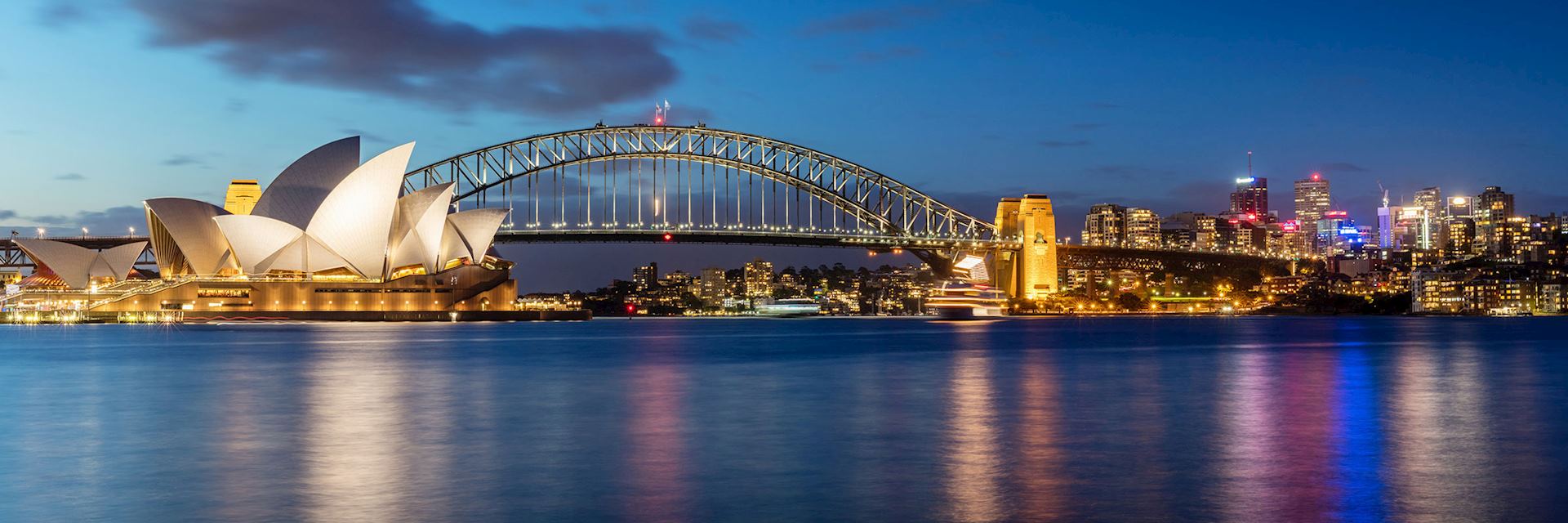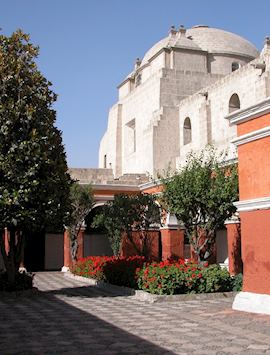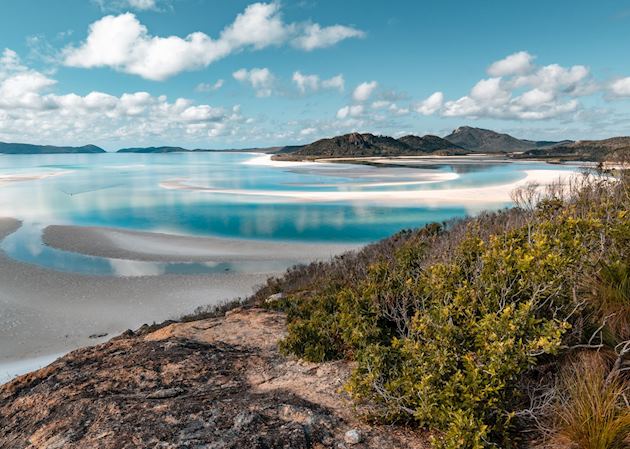Cuzco for the food-lover, Mount Etna with a volcanologist, Hanoi framed by a photographer. The destinations sound familiar, but not so much the ways of taking them in? Some places are so synonymous with where you’re going, it’s hard not to include them on your trip. But, that doesn’t mean you have to follow the standard formula as a visitor. We let you in on a few of our suggestions for how to experience some stalwart places in ways that veer from the norm, or put you in the hands of an expert.
The royal riding school of Jerez, Spain… behind the scenes
By Liberty from our Spain team
I’m not an equestrian enthusiast — in fact, I know very little about horses — but seeing a show of Andalusian dancing horses for the first time was a revelation. Seamlessly melding rider and horse, these athletes literally dance through several routines inspired by both classical dressage and doma vaquera, a more rural style of riding. Whether performed with just one horse or many, the intricate footwork, the precise movements and the elegant costumes created a spectacle unlike anything I’d expected.
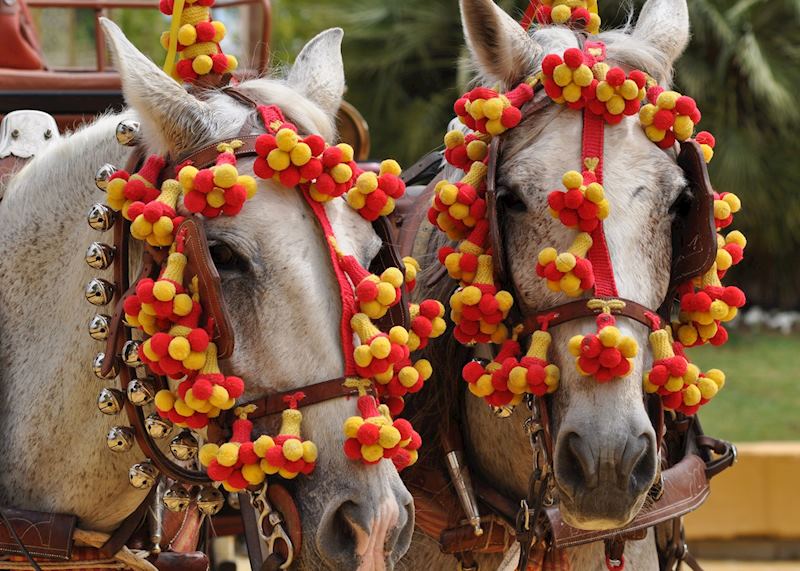
All of Andalusia is known for dancing horses, but especially the town of Jerez. Shows abound here, but the best are at the Royal Andalusian School of Equestrian Art, the most exclusive school for the historic discipline.
Whether you’re a long-time fan or first-time spectator, a show combined with a behind-the-scenes tour offers you a unique peek behind the pageantry. I had exceptional seats to the show, directly overlooking the sand where the horses perform.
Then, during the intermission, my private guide led me behind the scenes to see the floor to ceiling displays of ornate saddle and bridles used in the performances. I got to admire the well-tended tack and see the costumes and horses being prepared for the second half of the show before returning to my seat.
The High Atlas Mountains… and lunch with an Amazigh family
By Morocco specialist Olivia
Any hike through the High Atlas Mountains will bring you into contact with the physical aspects of the range: panoramic views, steep russet slopes, the red clay soil, the wind-stunted juniper trees and even the shaggy goats who pick their way through scree fields of loose stone.
But for me, the mountains are most clearly defined by the Amazigh people who have lived here for thousands of years. Stepping inside one of their houses to share a meal with a family is like getting a glimpse of the mountains’ soul.
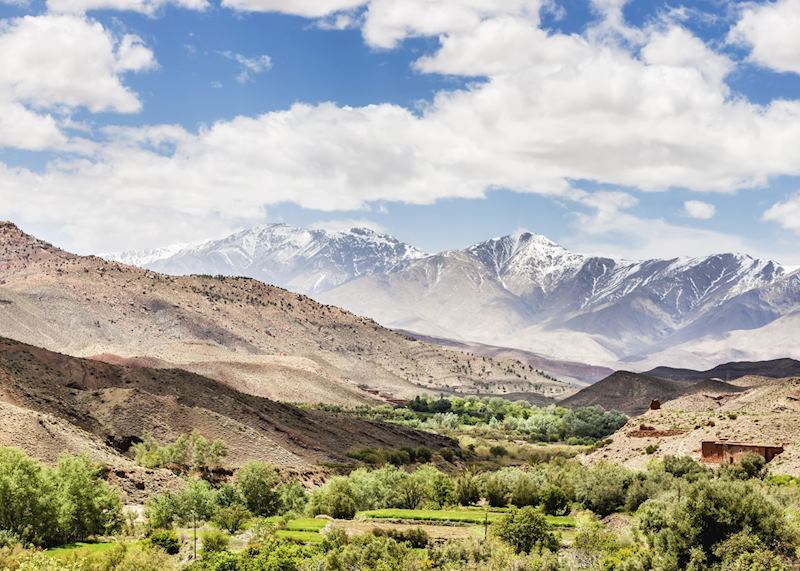
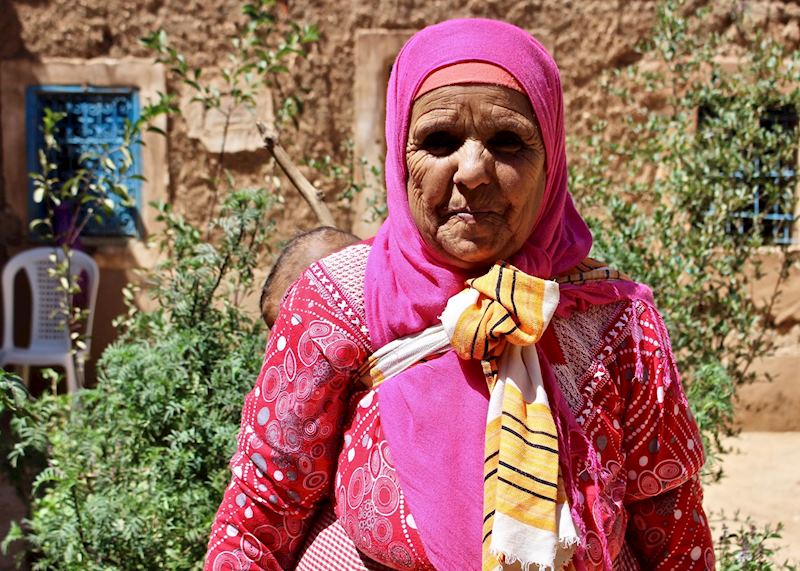
Last time I visited, I met with Fatima, the matriarch of the family. Sporting a bright pink headscarf and a smile that makes her face break into a thousand wrinkles, she wore a sleeping infant on her back as she cooked lunch over a simple oven, talking to me through my interpreter.
Sitting on embroidered cushions at a low table, we shared a meal of chicken with vegetables, eating the tender spiced food right from the tagine. Her grandson, lowered from the sling for the first time, played on the brightly patterned rug near her feet.
Visiting Mount Etna... with a volcanologist
By Italy specialist Shannon
Dark and brooding, Mount Etna is a stratovolcano that has defined the lives of Sicilians for millennia. On a recent visit, I decided to spend some time getting to know the island’s dominant geological feature.
The tour begins by taking a gondola lift over the pine forest that coats the lower slopes to the barren crater. With stark black lava flows and gray ash, the volcano’s upper slopes seemed like they were on another planet. In fact, when I was there, roboticists were testing out rovers destined for the moon.
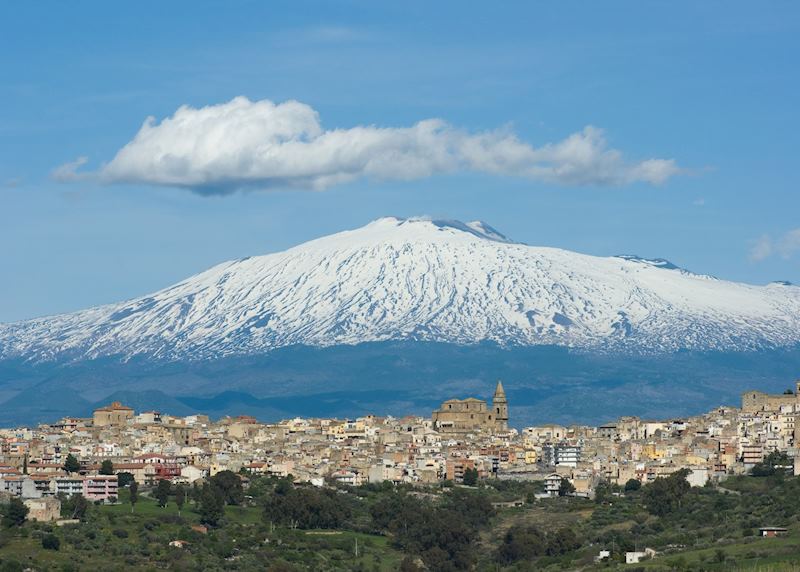
At the top you’ll meet your guide, a trained volcanologist who’s qualified to introduce you to ‘La Mama’, as the mountain is known to locals. They will take you on a tour in a 4x4, the high clearance and knobbly wheels necessary for tackling the rugged, ashy terrain.
My guide explained that Etna has different eruptions styles, but usually the eruptions are constant and gentle — some of the locals even roast marshmallows over the glowing red flows. That constant influx of lava has helped to create the fertile soil that supports Sicily’s vineyards and farms.
After the drive, I climbed out of the 4x4 and carefully hiked around the crater. Walking on the deep, shifting ash was like walking on a sand dune. At my guide’s urging, I slipped my hand down into the soft gray ash and could feel La Mama’s life-giving warmth.
Cuzco… on a plate
By Peru specialist Lillie
I always recommend spending a few days in Cuzco, which gives you time to adjust to its altitude. There are many ways to explore its labyrinthine, Inca stone-paved streets. Personally, I’d encourage you to think beyond a standard city tour and dive into the local food scene. All you need is an adventurous palate.
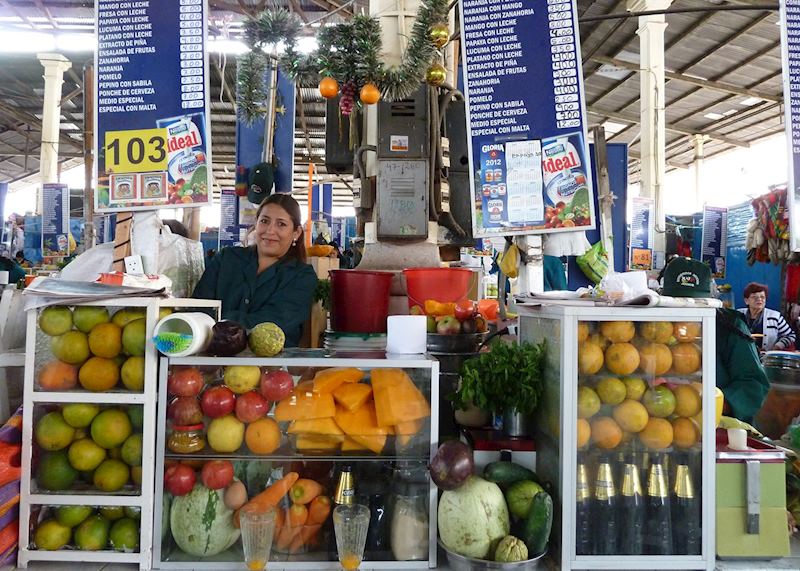
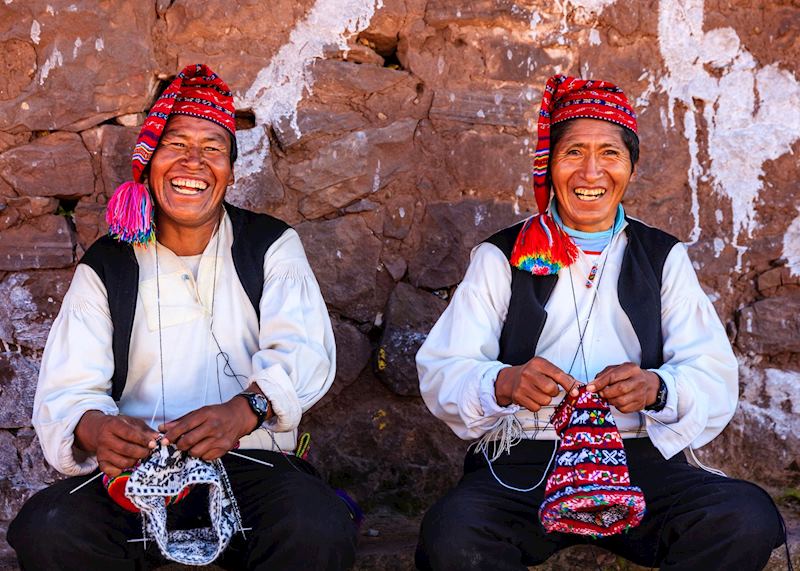
Your ‘eat like a local’ food-themed city tour focuses on San Pedro Market, where most families buy their fruit and vegetables (though, as you’ll see, its stalls heave with all kinds of curios, from chicken soup to handicrafts and dubious-looking love potions).
You’ll have the chance to taste some of the area’s more exotic produce such as lúcuma (a fruit with a nutty and caramel-like taste) before heading to a nearby restaurant to try that signature Andean dish, roast guinea pig (cuy). Its flesh is surprisingly succulent — like a good roast chicken — while the skin is satisfyingly crispy. Later, you might sample anticuchos (beef heart kebabs) and a variety of spiced tea.
The Sydney Opera House… from the wings
By Australia specialist Hannah
I think most first-timers to Sydney are bound to feel the lure of the great pearly beacon that sits proudly in the middle of Sydney Harbour. Whether you’re an ardent fan of the performing arts or not, it’s tempting to know what lies underneath those gigantic opalescent sails (or are they shells?) that form the building’s roof. But, if you really want to examine its inner workings, don’t opt for a standard tour. Instead, take the VIP route.
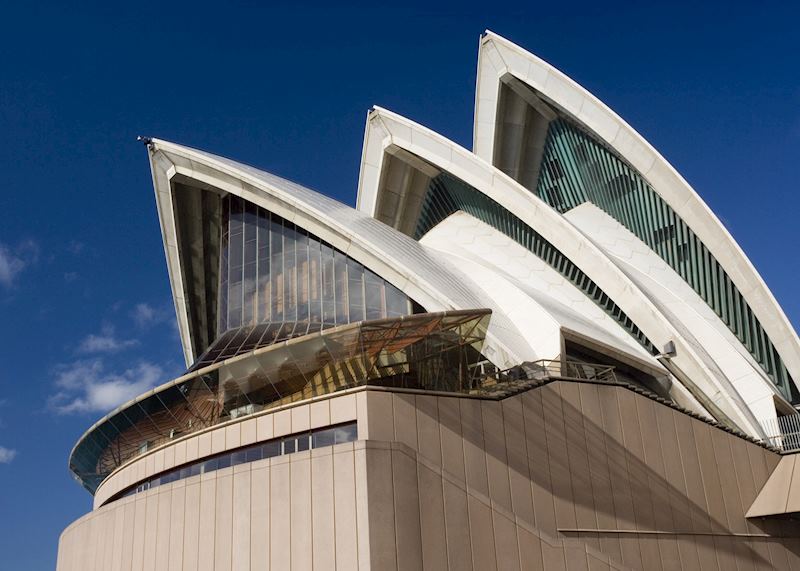
Meeting early in the morning, you’ll journey into the venue’s underbelly with one of its official guides. You’ll be able to stand on the stages of the Opera House’s different performance spaces (there are six), even stepping into an orchestra pit at one point.
En route, your guide will fill you in on some of the backstage whisperings, explain about aspects such as acoustics, and even lead you through the dressing rooms. At the end, you’ll breakfast in the Green Room, the performers’ and staff members’ inner sanctum where audience members and visitors aren’t normally admitted.
- How to make the most of your time in Sydney as a family or honeymooner
Tikal... and its lesser-known rival
By Guatemala specialist Chris
'This used to be my playground,’ said my guide, Carlos. With a sweep of his arm, he gestured to the low-lying stepped pyramids hunched around a grassy plaza, their stones green with moss.
We were standing in the middle of Uaxactún, one of the world’s oldest Maya sites only 23 km (14 miles) from the vertiginous temples of Tikal, Guatemala's headline ruin. Unlike Tikal, no one really comes here.
No one, that is, save a few residents of the small village which has grown up around the ruins over the years. Carlos is one of them.
‘Lost city’ clichés become commonplace when you’re exploring Maya archaeological sites. But that’s exactly how Uaxactún feels, much more so than any other ruins I’ve visited in Central America.
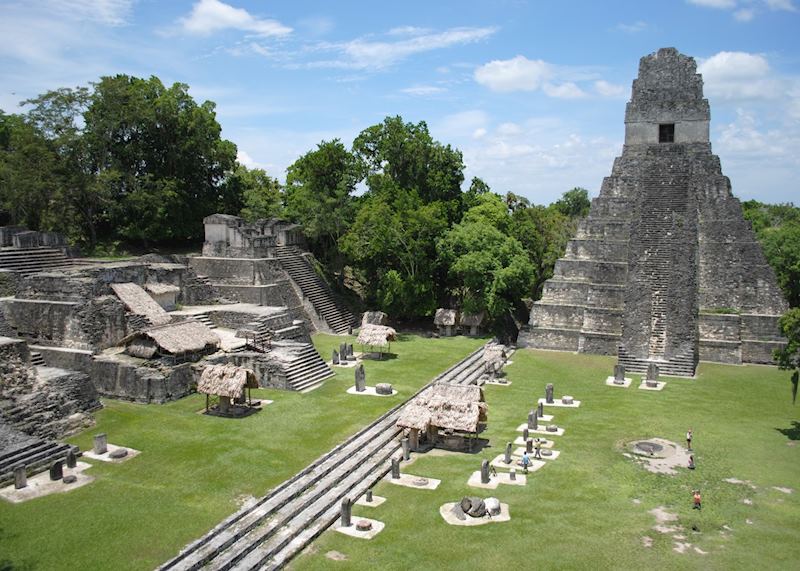
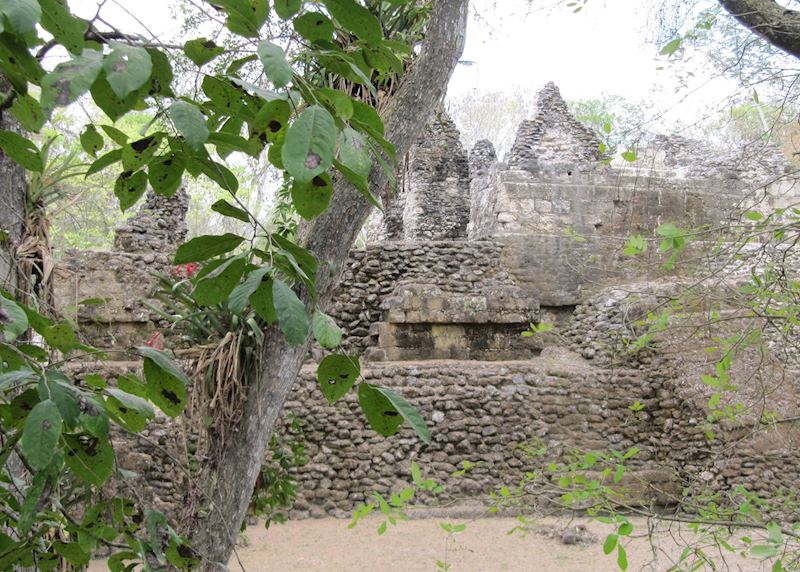
Nothing is roped off, nothing has been restored — stones lay where they’ve fallen — and the jungle has grown freely in and around the structures. Trogons, manakins, mot mots and honeycreepers haunt the trees. Despite the ruins’ untouched state, some of their carvings (including some fiendish-looking masks) remain blindingly clear.
What I also like about visiting Uaxactún is that the site is maintained and owned by the village. You can visit its tiny school and eat lunch at one of the villagers’ houses before exploring the ruins with a local guide. You’ll camp overnight there (it’s not glamping, but you’re not entirely roughing it either) after a spot of stargazing, and wake in the morning to the sound of squawking parrots.
My advice to anyone visiting this area: do tour Tikal, but follow it up by experiencing Uaxactún. While Tikal’s lofty platforms definitely impress, at Uaxactún you’ll get a visceral sense of what it might have been like to stumble upon a ruined city for the very first time.
Hanoi… through a lens
By Vietnam specialist Georgina
Hanoi’s lakes, Taoist temples and French-colonial architecture make it a particularly photogenic city. But, if you’re after some unique shots, as well as an insight into a more local side to Vietnam’s capital, take a photography tour with a Hanoi resident.
One hazy morning, I joined Duc outside Long Bien Railway Station, near the Old Quarter. He was eager to find out if there were any specific techniques I wanted to learn and examined my camera to see what features it had. With a background in studio photography, Duc shared his expert technical knowledge, giving me tips on aperture and shutter speed as we went along.
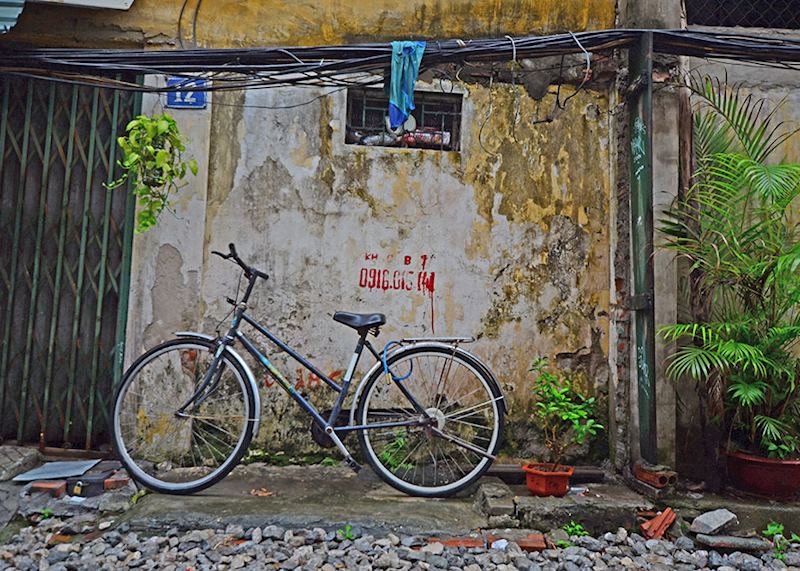
We wandered through the Old Quarter, stopping to experiment with creative angles to capture rows of handmade bamboo ladders and piles of vegetables. Cutting through the district is Train Street, a narrow track lined with tiny cafés, shops and brightly painted murals. Duc can help you to get into the best position to photograph a passing train.
After stopping for a traditional Vietnamese coffee, you’ll walk onward to Long Bein Bridge. Try your hand at snapping the scooters that zip past, as well as the views of busy traffic passing below. You’ll also be able to see part of the Hanoi Ceramic Mosaic Mural, a 6.5 km (4 mile) artwork that currently holds the Guinness World Record for the largest ceramic mosaic in the world.
Hobbiton... with an after-dark banquet
By New Zealand specialist Sarah-Jane
Many visitors to New Zealand — Tolkien devotees or not — are curious to see the sprawling ‘Hobbiton’ movie set created for Peter Jackson’s Lord of the Rings and Hobbit trilogies. This made-from-scratch village is secluded among the soft rounded hillocks of Matamata (about an hour’s drive from Rotorua).
It’s a bucolic fantasy, a place of winding lanes, pumpkin patches, orchards, busy flowerbeds, thatched cottages, abandoned vegetable trugs, and much more: the attention to detail is exquisite. However, the sheer number of tours taking place can make it less pastoral idyll, more crowded theme park. But not if you go late in the day — and stay for dinner.

Arriving at around 4:30pm, you’ll see the set (including Bilbo Baggins’s very own front door) bathed in soft afternoon light. Then, you’ll go to the Green Dragon Inn set for a communal feast. The long wooden tables groan with hearty, country fare, including stews, a whole roast chicken and bountiful desserts.
There’s much quaffing of ale and ginger beer, before heading to the party tree for a jig or two. You’ll see Hobbiton as few see it: lantern-lit, with smoke curling up from the chimneys of Hobbit-holes. All in all, I think it’s a much more peaceful (yet playful) way to visit the place — and, rather than make the trip all the way back to Rotorua, you can stay in a nearby B&B.
Phnom Penh… by Vespa
By Cambodia specialist Georgia
Most people visit Phnom Penh to see the Killing Fields and Prison S21, where you can learn about the horrors that occurred here just a few decades ago. But, Phnom Penh is a city on the rise, slowly emerging from its difficult past. It’s now a vibrant mix of fashionable bars, micro-breweries and cafés that sit alongside the gilded Khmer architecture of the Royal Palace and its surrounding temples.
One of the best ways to get to know this modern side to the city is to make like a local and hop on two wheels. I took our newly designed Vespa tour, which takes you across the Cambodian capital to taste local delicacies, sample signature cocktails and see the city’s blossoming nightlife.
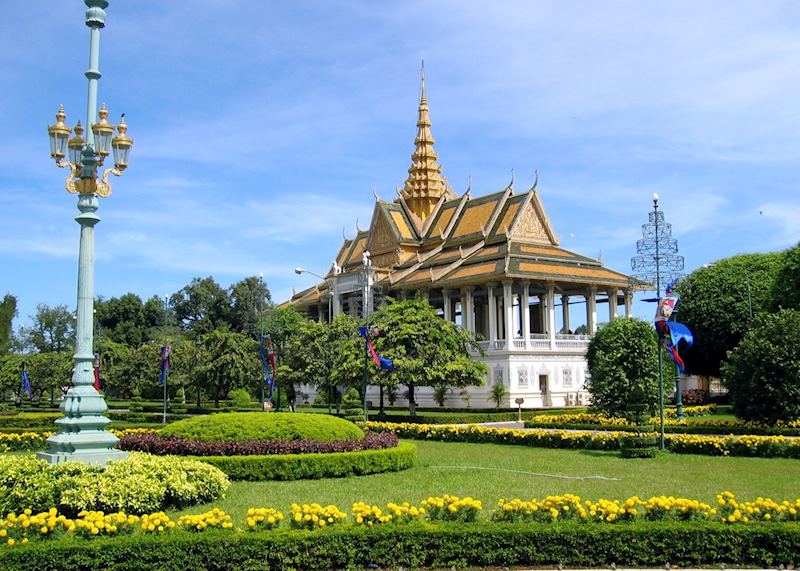
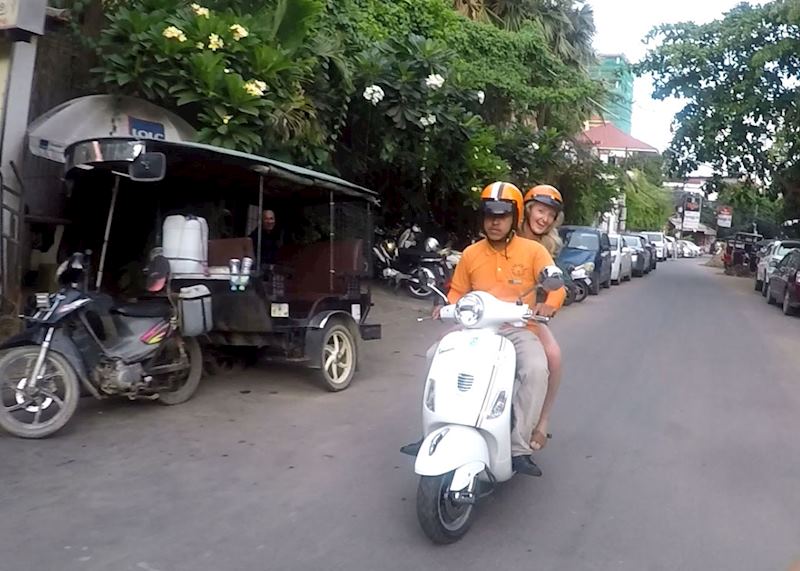
The tour begins with a cocktail at a rooftop bar where the city lights twinkle below. You’ll then don a bright helmet and jump on the back of a Vespa, nipping between the traffic to a restaurant located in one of the city’s last surviving Chinese houses. Here I had the opportunity to try crispy crickets (a local delicacy) and sample some beer — the city has a thriving craft brewery scene.
You’ll climb back on the Vespa, driven by your guide, and continue to explore. Dinner is at a local restaurant where I tried a range of dishes including beef infused with Cambodian Kampot pepper (considered the best in the world). Scooting down narrow passages, past Khmer families enjoying an evening drink, before finishing with a cocktail in an upscale bar built in one of the cities original hole-in-the-wall bars.
Varanasi… an in-depth spiritual tour
By India specialist Katherine
Religion in Varanasi is a complex and multi-faceted topic. You can watch the incense-scented evening Aarti ceremonies and boat along mother Ganges. But, to really delve into this ancient city and its rituals, you can take a guided tour focusing on the spiritual significance here: death and rebirth.
Over the course of a balmy evening, my guide Jai took me through backstreets and into hidden temples, gradually revealing the spiritual side of the city. Jai discusses delicate topics that might be uncomfortable for some. However, the tour offers a window onto India’s intense rituals and customs for those who are interested, delving deeper into the complex mix of beliefs that define the country.
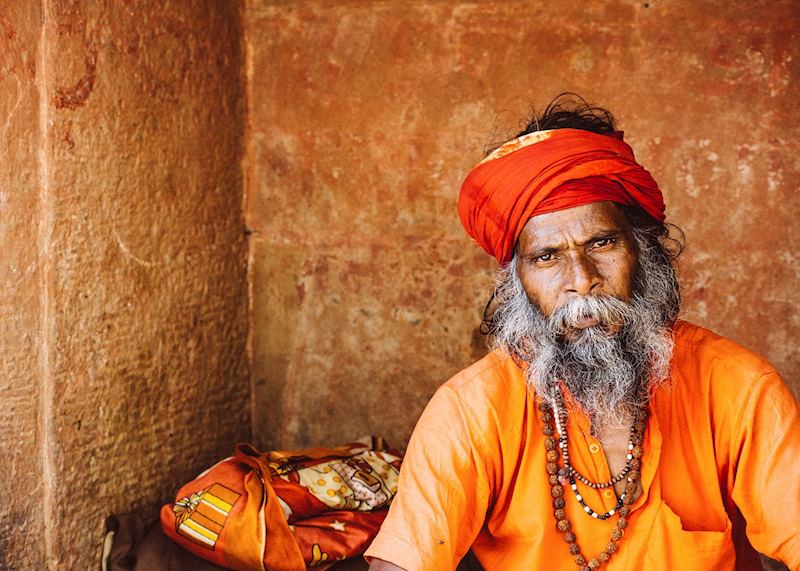
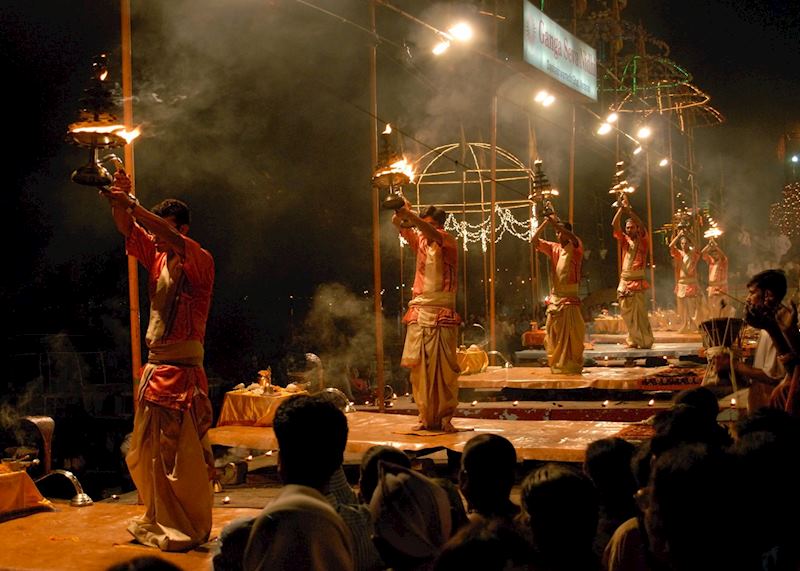
We stopped at Lolark Kund, a tiny stepwell that I wouldn’t have recognized as a holy site. Here, childless women perform fertility rituals, praying to Lord Lolark Aditya for conception as they take a dip in the water. Their clothes are left behind as a symbol of rebirth.
Next, you can step into Aghor Ashram, one of the oldest places of worship in the city. The ashram is the heart of Aghora, a tantric school of Hinduism that worships Bhairava (one of Shiva’s many forms). It’s still used today and the complex hums with devotional chanting. If you’re comfortable, you’re welcome to take part in one of the rituals and be blessed with ashes from the cremation ghats.
From there, you’ll weave through the bazaars, stopping at some of the tiny shrines and temples along the way — Jai had a story for each of them. We finished at the temple of Sankata Devi, the goddess of trouble and the destroyer of sorrow. Overlooking the cremation ghats, you can watch the nightly ceremonies along the riverside in the company of yellow-robed sadhus (Hindu monks) puffing on chillums (traditional clay pipes).
Trip ideas with Audley
Start thinking about your experience. These itineraries are simply suggestions for how you could enjoy some of the same experiences as our specialists. They’re just for inspiration, because your trip will be created around your particular tastes.
Was this useful?


